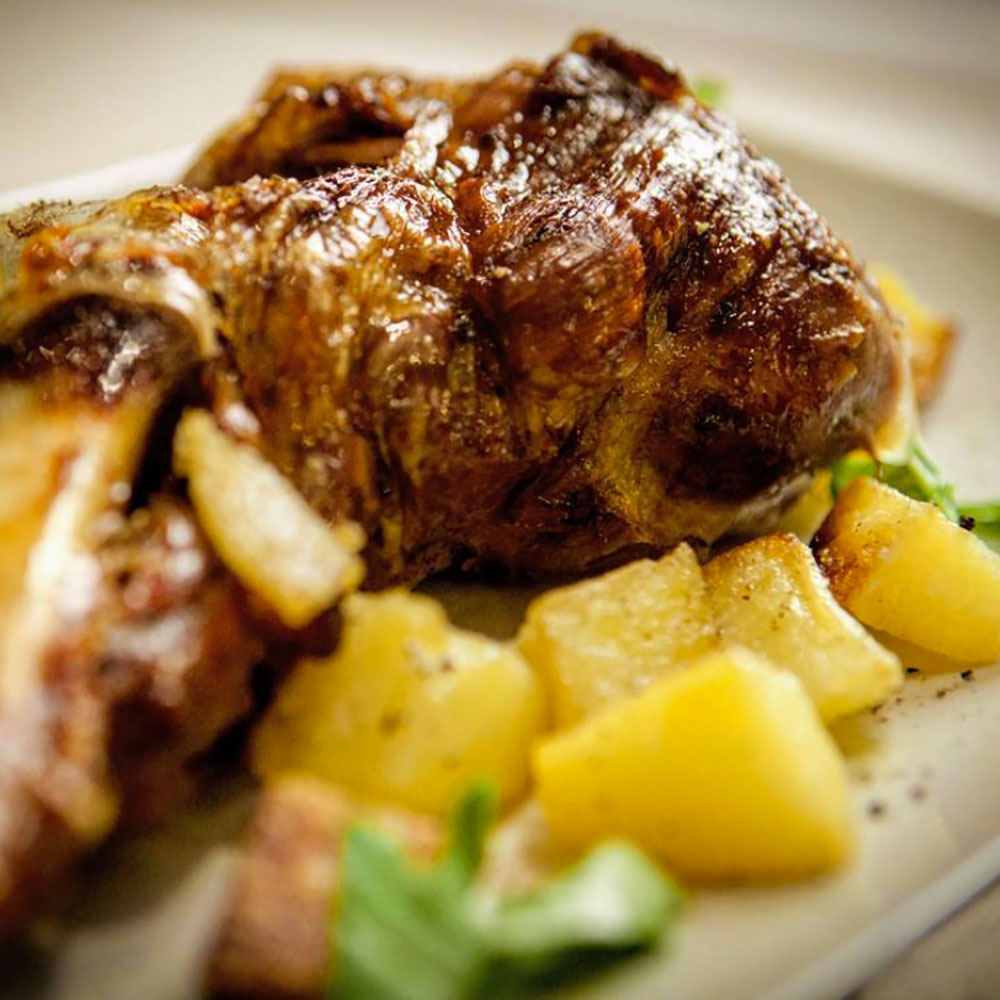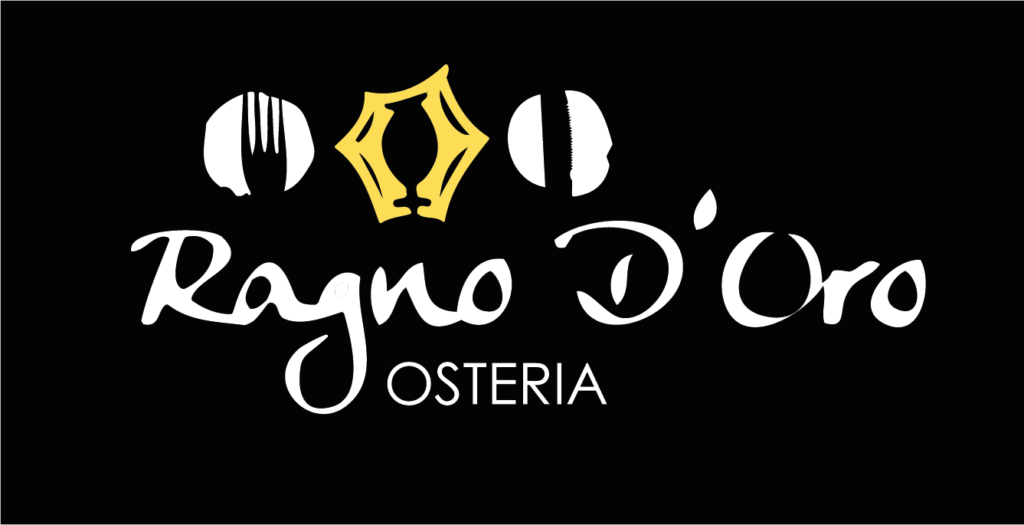
Easter tradition in Rome
During Easter, Rome dresses up to celebrate this highly significant religious event for Christians, commemorating the resurrection of Christ. Apart from the religious significance, Easter in Rome boasts an ancient and rich culinary tradition, serving as a special occasion for families to gather around the table and savor dishes from the Roman tradition.
Easter breakfast
It all begins with Easter breakfast, comprising dishes ranging from sweet to savory, and is quite abundant, as according to Christian tradition, it marks the end of fasting and the rebirth. Among the main foods, there are certainly hard-boiled eggs, symbolizing resurrection, traditionally dyed to add a touch of color and liveliness to the table. This custom has very ancient roots: the ancient romans used to color eggs red and then bury them in fields to wish for a good harvest.
In the Roman Easter breakfast, among the cold cuts, the standout is certainly “corallina.” It’s a medieval tradition, linked to the fact that pig butchering was done in December and reached the perfect aging stage during the Easter period. Corallina, at Easter, pairs with “pizza di Pasqua,” a soft and flavorful leavened bread made with Parmesan, pecorino, eggs, and flour, which is also prepared in its sweet variant.
However, among the sweets, the undisputed protagonist is the “colomba,” decorated with almonds and powdered sugar; it’s the typical Easter dessert symbolizing peace and eternal life. Alongside the colomba, there are also chocolate eggs, gifted to adults and children, containing a surprise to discover inside.
Easter lunch
Now, let’s move on to the roman Easter lunch, where the main dishes are equally impressive. Among the must-have courses, there is certainly “abbacchio,” recalling the sacrificial lamb of Jewish tradition. It can be served roasted, baked, or stewed, accompanied by roasted potatoes or Roman-style artichokes.
Another dish romans never forgot at Easter is “coratella con i carciofi,” made from the fifth quarter, namely the entrails of animals. The first to use it were the “vaccinari” of the Testaccio slaughterhouse, who started cooking these less prized parts to avoid waste.
Between lavish breakfasts and sumptuous lunches, Easter in Rome is an experience that celebrates the identity and history of the eternal city. It’s a moment not to be missed for anyone wishing to immerse themselves in authentic Roman culture during the Easter holidays.
At Ragno D’oro, you can find many of these specialties. What are you waiting for to come and visit us? Book now!
Happy Easter!
